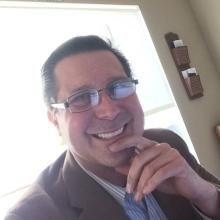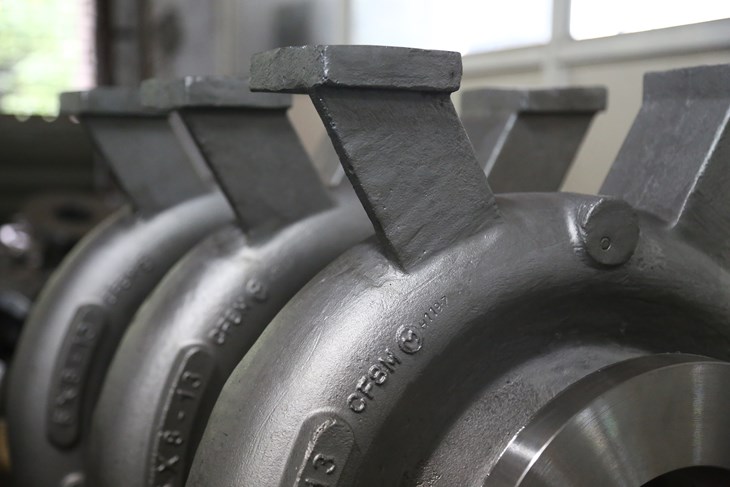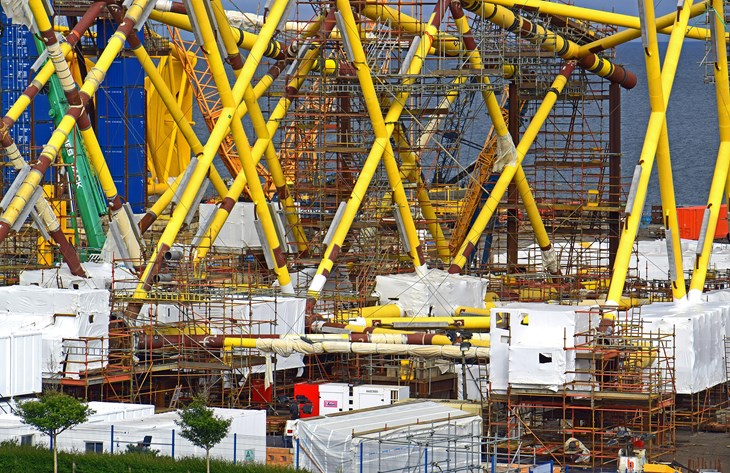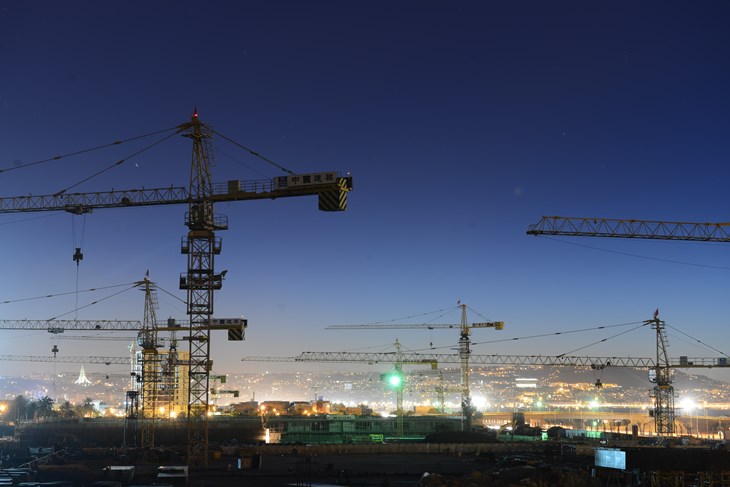“I’ve had a really interesting career,” starts Janitz, as we settle into our seats in the lobby of the Courtyard Marriott hotel. “I moved into the automotive sector in 1995. Then I finished my Masters in Engineering Management in 2001. Before that, my hydraulic and pneumatic experience was all in aerospace, designing safety training systems for aircraft and gaining experience in quality control. Around 2000, I started working for Mercury Marine, which got me back into R&D and product development. I designed marine propulsion systems, and I have registered a few patents along the way, with Mercury as well as a few other companies.”
After that, Janitz started working for Muncie Power, a leading manufacturer of power take-offs (PTO) and hydraulic components, including pumps, valves and filters for the work truck industry and other hydraulic applications. “I was their Engineering Manager for four years before I got an opportunity to get into the oil fields, where my primary responsibility was to establish a strategy, create new product designs and build a team. There, I managed five water well drilling rig projects and was the leader on three new mast designs.”
Today, Janitz is the Territory Manager for Bezares USA, a designer and manufacturer of mobile power products headquartered in Madrid, Spain. “This is a new role for me,” says Janitz. “I have never really been involved in the sales side of things before, but it is a nice segue from designing and building the product to working with the end user and helping them to choose the right product for the application. That part is critical.”

Understanding the application
Understanding the application is one of the biggest challenges Janitz sees in the industry, and for good reason. There are many things to consider when deciding on the right material — such as stainless steel — for the particular application, and a litany of different solutions.
He explains: “We have a saying in this industry: There’s more than one way to skin a cat. This means there are any number of possible solutions to the same problem, and the really challenging, but incredibly important, thing is to ask questions and really try to get your head around the application.”
Janitz gives us one example of an end-user who called from South Dakota: “He gave us his specifications, and he also asked one of his colleagues, and between the three of us we all came up with different answers,” laughs Janitz. “So, I started asking him a lot of questions. How fast do you want to run it? How big do you want your pump to be? In most industries, you don’t want to rev your engine for long periods of time because of fuel consumption, so you run it slow, which means you will probably need a bigger displacement pump to get the same flow rate. However, some people are of the mindset that running it faster is more efficient, which is true to a certain extent, but do you really want to burn that much fuel? Ultimately, none of us had the right or wrong answer, it was just a matter of how we saw the problem. After that, we looked at the different solutions and then it became a matter of what was available on the shelf and how much they wanted to spend.”
Considering the material is another important factor when it comes to choosing the right equipment for the job. When working with marine propulsion systems, Janitz and his team relied heavily on stainless steel; this is because of its resistance to salt water corrosion at a fraction of the cost of red metals such as copper, brass and bronze.
In downhole artificial lift applications, they looked to nickel-based alloys such as Inconel, Monel, Hastelloys and Ni-Resist, for their high-strength, corrosion and wear resistance and temperature profiles. “You don’t want to drink, eat, or smell them,” laughs Janitz. “They are a bit like lead in that regard, so you want to be careful about handling them, but they do the job well.”

“The world needs welders”
Considering Janitz is both Chapter President of IFPS and Chairman of the Executive Board for The American Society of Mechanical Engineers (ASME), it will hardly come as a surprise that he is passionate about education and outreach. In an age when jobs are increasingly being ‘shipped’ overseas or lost to automation, Janitz asserts that now more than ever is the time to get into the skilled trades. “Once the equipment is built, the work is done where the equipment is located. A mechanical engineer in China can’t fix my truck here, so the jobs are here, and they are good-paying jobs that you can have a future in.”
This is hardly ground-breaking news; it is widely known that jobs in the skilled trades are in demand, boast an above-average income and are critical to an economy that is struggling to fill all the jobs that are available with a shrinking workforce. Knowing this, why are so many young people still bypassing the skilled trades as a career? “It could have something to do with the age gap,” Janitz speculates. “A lot of guys in our industry are in their 60s and 70s. Everybody is white-haired! Perhaps that is intimidating or alienating to young people, or it could just be that operating a trash truck isn’t considered ‘sexy’. But it is interesting work, and there are all kinds of opportunities to do exciting things, like travel the world. ASME, and IFPS, are both organizations that are working toward promoting industrial careers through outreach and education.”

Outreach and education
ASME, or The American Society of Mechanical Engineers, provides technical training and opportunities for professional engineers to obtain professional development hours. This is good news for PE-certified engineers who are required to complete continuing education to maintain their status. ASME also provides practicing engineers, the end users, with an invaluable resource: ASME codes.
He explains: “Let’s say you are a licensed engineer and you are responsible for designing a pigging system. There are a lot of ASME codes you have to follow in order to create a great product and protect yourself against liability. If you follow, design and build your system to code, the risk of liability is very little, because safety considerations have been built into that code, so it should be safe.”
In the event that a catastrophe does happen, an organization the size of ASME also has the resources to investigate what went wrong and to drive the change if the code needs to be revised. “I joined ASME as a member because I wanted to give back to the community, and to share some of the knowledge I have earned over the years,” says Janitz. “There is also an unintended benefit to getting involved in these associations,” he adds. “I only know so much, but by surrounding myself with other professionals from different backgrounds and with different experience and knowledge, I inadvertently expand my own knowledge. I strongly encourage young people, and professionals early in their career, to get involved. They will get the opportunity to network, to learn more about common practices across different sectors, and, of equal importance, to learn about what doesn’t work. Accidents happen — this is a sad but true fact — but it is just as important to know what not to do as what to do and drawing on the brain trust that is available to them at ASME, IFPS, or an equally credible organization is really going to help them to increase their comfort level in this industry.”


